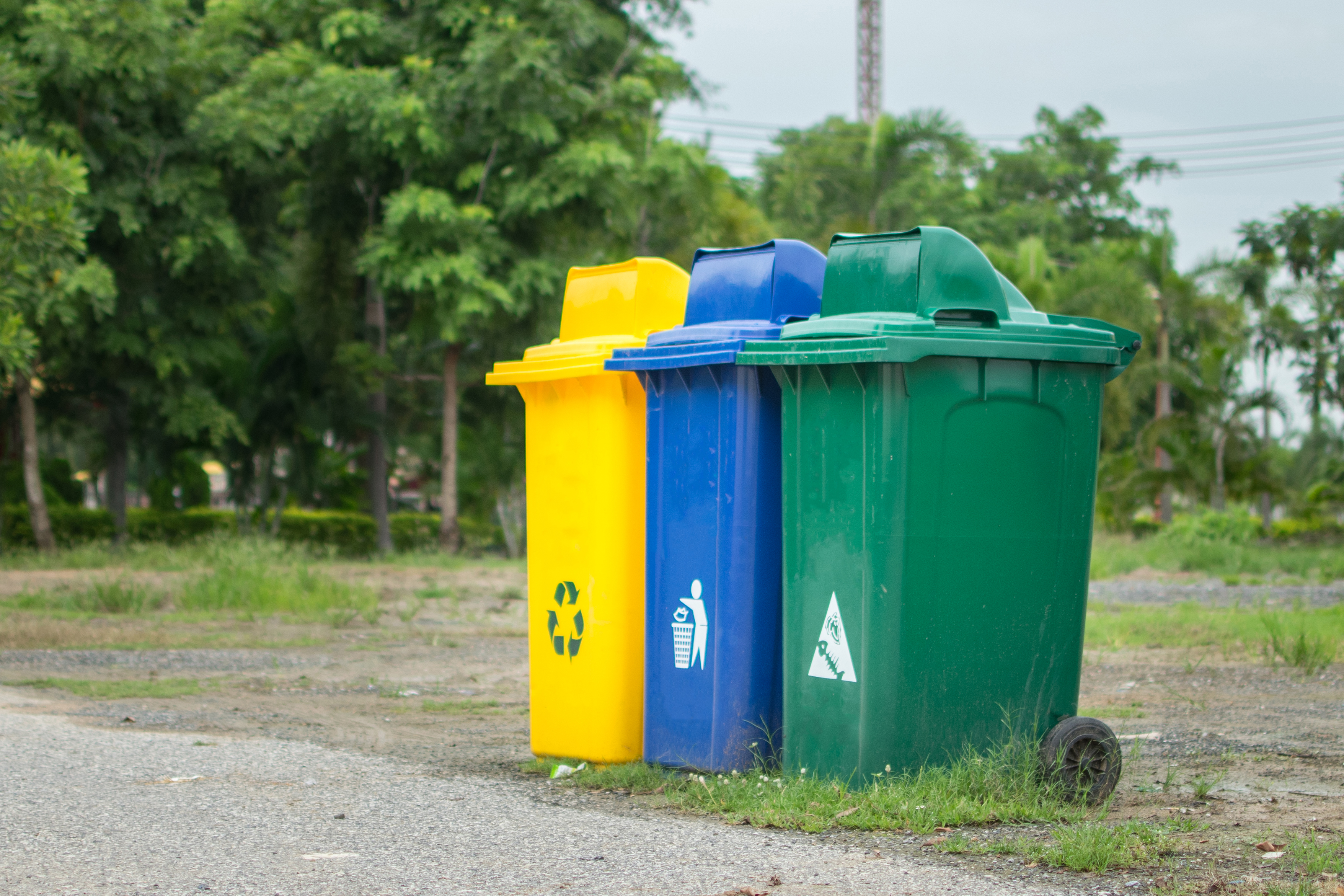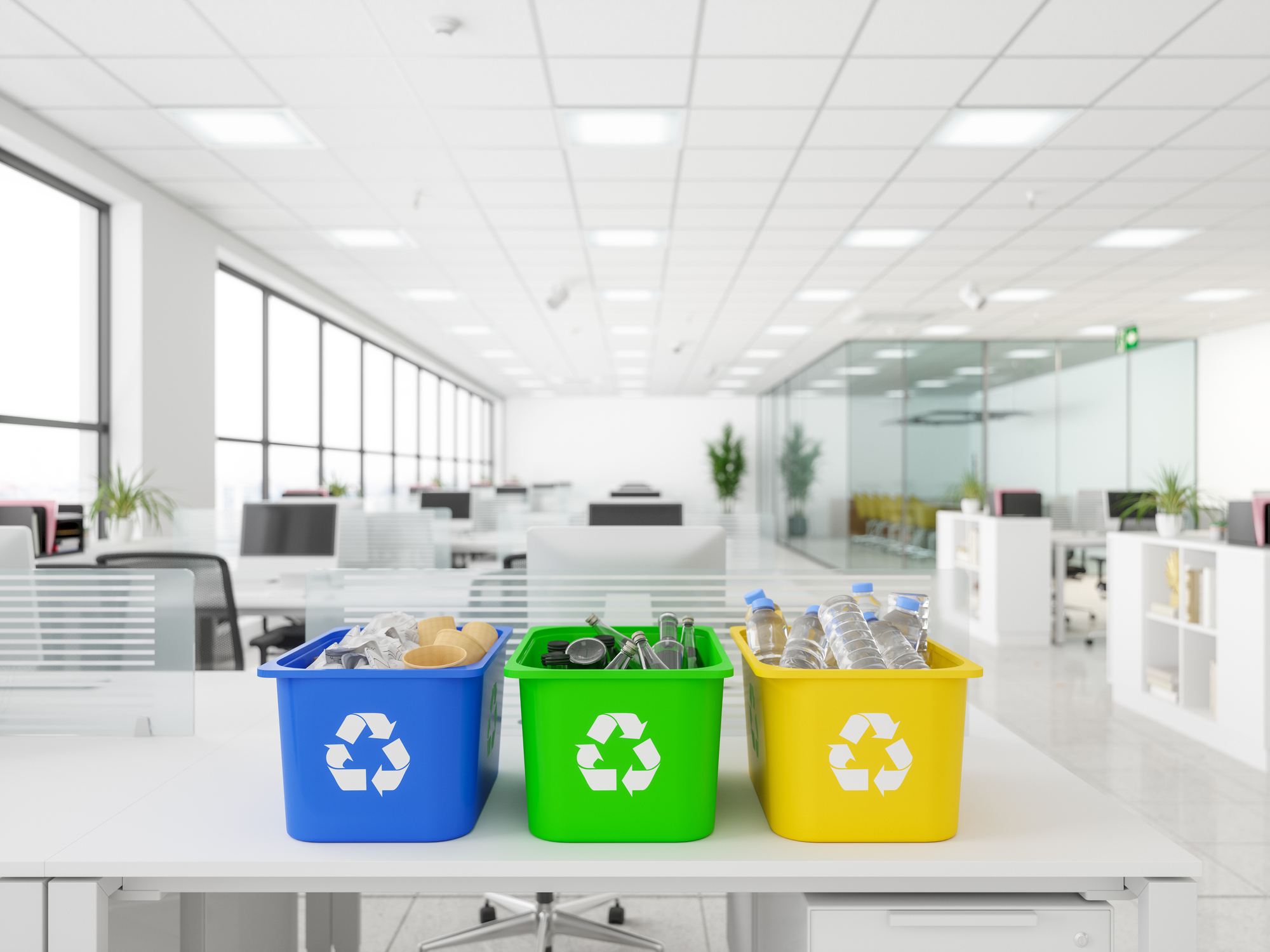Brits living in affluent areas might be expected to recycle more. They may have the money, the education and potentially the awareness of environmental issues connected to household waste. But according to a new E&T analysis, the opposite is true.
Citizens in the ten worst-performing councils in terms of their household recycling performance earned nearly a quarter or 24 per cent more in gross disposable household income than those in the most laudable councils.
The trend is confirmed when English and Welsh councils are considered more broadly. The household income for the 90th percentile showed non-recycling rates to be 12.3 per cent higher for those in the 10th percentile.
Waste and recycling data for 2016/2017 indicate that the worst-ranking authority is London’s Newham borough council, where only 14.1 per cent of household waste is being sent for recycling, composting or forms of reuse. Westminster council ranked second-worst with 17 per cent, followed at 17.7 per cent by Lewisham council, another London borough.

In comparison, the average household recycling rate was measured at 42.9 per cent using the same data, or 45.7 per cent according to household waste recycling figures issued by the Department for Environment, Food and Rural Affairs (Defra) for 2017 alone. This is more than double the median figure for the ten worst recycling councils.
In response to why household waste recycling rates so low in Westminster, Jordan Rudge, a representative at the local authority, told E&T various reasons are to blame. “We have a transient population, a huge amount of commercial waste that gets collected and we have about a million people coming into the borough during the day in the weekdays, and obviously even more in the weekend”.

A Lewisham Council spokesperson said that they are working towards driving up recycling rates. “Since introducing weekly food waste collection in October 2017 we’ve seen a two-thirds increase in the amount of household waste being recycled. This is backed up by the most recent figures from Defra which show that our rates were the 12th most improved in England and 2nd most improved in London for 2017/18.”
The council concedes that more can be done. A borough-wide recycling consultation was carried out to better understand the barriers that makes it harder for residents and businesses to dispose of their waste responsibly. Its findings suggested that many residents were unaware of some of the waste disposal services on offer, such as assisted collections, free mattress collections and commercial waste collections, the spokesperson said.
Sustainability expert Margaret Bates, professor of sustainable wastes management at the University of Northampton, blames a number of factors for the unconventional rich-poor split. Bates argues that the frequency of waste collection plays a role. She found that the more often waste is being collected, the less inclined households are to recycle. “If you know that if you put something else in your bin and it will be full until the next week, you are more likely to consider what can go into your recycling.”
Other financial factors could encumber recycling rates. Residents’ income per se may not mean everything for the rate of recycling. It’s not the amount of money available that matters, but how much the council prioritises for recycling matters. “For a lot of councils which went through austerity, they may have cut their budget for [recycling], because they had to cut something”.
Bates also recognises a group of councils at the bottom of recycling performance – Sheffield City Council (29.6 per cent), Portsmouth City Council (24.7 per cent), Coventry City Council (29.9 per cent) and Nottingham City Council (29.8 per cent) – all have something in common: very good energy-from-waste facilities. “So if you go to one of those places, they burn a lot of the materials that they can’t recycle, and provide energy to local businesses and communities, which is very common in other parts of the world.”
Bates wonders what it would take to raise recycling rates in more affluent places. “For instance, if all the bottles were to go to a deposit refund system, could that affect those figures? Do rich people use deposit refund systems or is it not worth the 20p you would get for your bottle?”.
E&T also checked whether councils with higher household income figures generated more household waste in general. When comparing median rates among the top and bottom ten councils, the findings suggest the ten wealthiest councils in England and Wales produced around 41 per cent less tonnage of waste than the ten poorest ones. If the [council] areas actually generate a lot less household waste per head in affluent areas, they may be making different purchasing decisions, Bates says. “They may not be buying bottled water they would throw away. [Instead] they would use soda streams. They do not generate coffee waste as they’ve all got their reusable coffee cups. Every meal is cooked from scratch, so less waste there. But if they do generate waste, their waste is a lot harder to recycle. In poorer areas, perhaps there is a lot more on-the-go packaging,” she suggests.
E&T also uncovered a positive statistical correlation between per-head income growth for the years 2000 to 2016 and household recycling rates in 2016/2017.
Professor Philip Longhurst, a professor at Cranfield University’s Centre for Climate and Environmental Protection, told E&T that an increase in income is usually followed by an increase in waste. But recycling performance would be affected by multiple factors.
The commitment and investment in recycling infrastructure matter a great deal. He says that many authorities did not see a percentage increase in net revenue per individual, which could hurt recycling if no more money was spent on it.
E&T checked the revenue account budget for 2018/2019 on local councils and whether there is a strong positive relationship in how much the council budgeted for recycling and how well they performed in the previous period. The analysis did not find a conclusive relationship and the top five spenders were not fond to be much better or worse in their recycling rates.
Longhurst explains that household space and storage for recyclates is also of the essence. Houses with gardens would perform better in recycling, Longhurst says. Recycling would generally be more difficult for high-rise buildings, tower blocks and hillside terraces.
Other factors include education and whether the council’s population is disadvantaged for multicultural reasons, including having a migrant population, high amounts of tourism, or a greater number of transient households.
Logistics costs also can also make a difference, affecting recycling rates positively in urban areas where households lie in close proximity to each other, while collection is more difficult in more remote rural places.
Also, previous research has found that the collection cost of materials can vary as much as ten times depending on how densely households are located. “If you collect bin bag by bin bag from a rural area somewhere in the shires, [longer distances for] driving material to recycling locations can add further costs”.
However, Westminster may perform so poorly in recycling because it is very expensive to collect separately, Longhurst says.
For every tonne of waste councils send to landfill, they pay landfill tax. The present standard rate is set at £91.35/tonne since last April and will increase to £94.15/tonne, next April.
“[In Westminster] you’ve got a very dense level of housing. The council will also probably have the money, from revenue on commercial premises, to afford the landfill tax”, Longhurst says.
Political stability and councils’ contracting patterns appear to be important, too. Repeated changes in collection regime may stifle households’ commitment to recycling, he says.
Foundation infrastructure, or how well recycling infrastructure was planned ahead of time may [now] benefit those local authorities that made early decisions to invest in materials recovery facilities, Longhurst says.
From here, what can councils do? Lewisham told E&T it aspires to make changes. It will take a number of steps to improve recycling rates including “a creation of a reduction and recycling plan and a multi-media environment communication, customer service training to offer advice and answer any questions residents may have about waste disposal”. It also pledges to review the reuse and recycling centre, while also “making guidance clearer around acceptable materials for recycling”.
This article was originally published in E&T (Engineering and Technology). Image courtesy of iStockPhoto.com.





